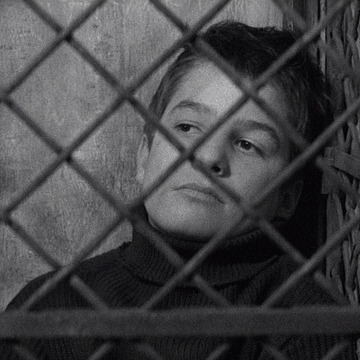For the last 30 years, I have travelled away from and returned to San Francisco more times that I care to contemplate—to Australia, to Europe, to Michigan, and back, returning at least once a year (a necessity for maintaining my immigrant status).
Each time, it is like waking from a heavy, dream-ridden sleep. At first, you’re groggy, moving slowly and blinking around uncertainly, trying to figure out, to remember where you are. But very quickly, your consciousness shifts back into the realm of the waking, and the dream fades, disappears.
That’s what it’s like for me coming back to San Francisco. At first I’m a bit shell-shocked, hesitant, trying to get my balance, but soon it’s almost as if I never left, and the previous six months or a year is just a fading dream, unreal, a wisp blowing away in the breeze off the Bay.
This time, I feel a bit like Sleeping Beauty or Rip Van Winkle, slumbering for years, enchanted, under the spell of a sorceress (hi, sweetie). And now that her spell has melted and I have awoken, I find that I am older than I was and life has gone on around me, without me. My world, my home is still recognizable, still itself, but some things have changed or are gone—some people are gone, too, and I missed these passings, the chance to say goodbye, to mourn with the rest. A lot of life passed me by, my family is gone, my job is gone, my home is gone (you may ask yourself, well, how did I get here?) and I have to start over, from well behind the pack.
And the kingdom in which I have awoken is suffering under a great evil. But I’m no fairy tale hero, and the evil that is crushing the kingdom isn’t some dragon or cruel tyrant—globalization and neoliberalism, and the terrible plague of the global financial crisis that they helped spawn, are not going to succumb to a well-placed thrust of a shining sword or a spell of vanquishing. I wish.
And anyway, even if it were as easy as that, as finding the one vulnerable spot in the dragon’s armored hide, I’m not that guy, not the hero. I’ll always be the hobbit, and even then more Merry or Pippin than Frodo or Sam. Steadfast in friendship (more or less), willing to love and follow, and to respond to the demands of the moment, to rise to the challenge of an heroic act if it is thrust on me, but I’m generally not the one looking for battle, choosing to walk alone and unaided into the darkness to vanquish evil. I’m more the one looking for the comfy chair by the fire and a pint of ale…
We are all still waiting for the hero, the knight in shining armor who will slay the dragon, and rescue our jobs and bring back our savings and pension plans and underwater mortgages from whatever monster’s stolen horde of loot they have ended up in…
Meanwhile, I’m staying in my mom’s guest bedroom and lamenting the fact that my family lost the cool bike I left with them (a Surly Long Haul Trucker) , and I can’t even afford a bus pass—I need to save my small stash of cash to “rent” a table and internet time in a cafe for job hunting… Where is the hero we need? Where’s my ale and mushroom pie?
Filed under: Autobiography, Politics, San Francisco


















